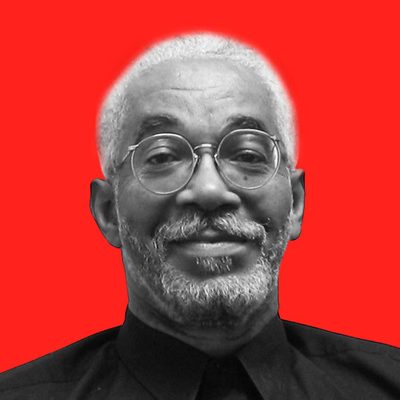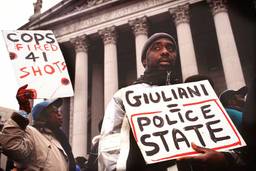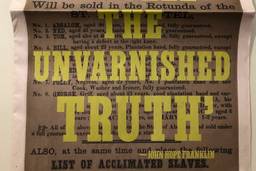Eric Holder, the first African-American attorney general, takes over a Department of Justice (DOJ) that has been AWOL in the struggle for racial justice.
“What the Bush administration did was to abandon civil rights enforcement on behalf of African Americans,” said Ted Shaw, a Columbia University law professor and the former director-counsel of the NAACP Legal Defense and Education Fund.
Shaw’s argument is bolstered by a 65-page January report that revealed the DOJ, particularly its Civil Rights Division, hired and fired career attorneys based primarily on their ideological allegiances.
The report singled out Bradley Schlozman, a former senior division official, noting he used terms such as “commies” and “crazy libs” in e-mails when describing the kind of people he sought to fire and block from employment at the agency. “In doing so, he violated federal law and Department policy that prohibits discrimination in federal employment based on political and ideological affiliations, and committed misconduct,” the report stated.
The DOJ’s reluctance to enforce police misconduct provisions of the Violent Crime Control and Law Enforcement Act passed during the Clinton administration reflects the ideological leanings of Bush appointees. These provisions authorize the attorney general to file lawsuits to reform police departments that violate citizens’ federal rights.
According to the Leadership Conference on Civil Rights, since 1997, the division has entered into several consent decrees with police departments across the country – including those in Detroit, Los Angeles, Pittsburgh, and Washington, D.C., as well as the New Jersey State Police. However, the division has not taken such action since January 2004, despite an increase in claims of police brutality.
Much of the attention on the Bush administration’s DOJ involved the scandals about politically motivated hirings and firings and its justification for extreme interrogation techniques (also known as torture) on prisoners taken in the so-called war on terror. But it seems the Bush DOJ has been just as negligent in protecting the constitutional rights of African Americans as it has been in preventing torture.
According to research published in the January 2009 Emergency Medicine Journal, about 98 percent of emergency-care doctors surveyed said police use excessive force to arrest and detain suspects. In a survey of physicians across the United States, 98 percent confirmed they had treated patients who were victims of excessive police violence. Unfortunately, 71 percent said they had not reported these incidents.
But three recent examples of police abuse in different parts of the country underline the need for vigilance in this arena.
On New Year’s Day, Oscar Grant, a 22-year-old black man from Oakland, Calif., was shot and killed at a train station by a Bay Area Rapid Transit (BART) cop. Grant was shot in the back while face down on the floor with another officer kneeling over him. A BART passenger captured the cold-blooded shooting on a cell-phone camera. The footage later aired on a local television station, and then to the world through YouTube.
The shooting sparked violent protests and, two weeks later, a murder charge against Johannes Mehserle, the offending BART cop. As of this writing, Mehserle remains in jail on a $3 million bond.
A little earlier on Jan. 1, in New Orleans, plain-clothed officers shot 22-year-old Adolph Grimes 14 times as he waited in a parked car outside of his grandmother’s house. Police claim they shot Grimes in a gun battle after he fired the first shot.
The New Orleans Times-Picayune described the gang of undercover cops who shot him as being “dressed like tourists.” Community activists argue that Grimes, who was visiting from Houston, had a permit for a handgun that he may have pulled out if he thought he was under attack.
At about 2 a.m. on Dec. 31, in the glitzy Houston suburb of Bellaire, police shot and severely injured a 23-year-old black man named Robert Tolan in the driveway of his parents’ home. Police say they thought Tolan had stolen the car he was driving, although they had no reason for that suspicion. The incident may have gone unnoticed were Tolan not the son of former St. Louis Cardinal baseball player Robert Tolan.
Holding cops accountable for this kind of behavior is the Justice Department’s role, and we all have a stake in assuring that Holder fills it well.
Salim Muwakkil is a senior editor of In These Times and host of “The Salim Muwakkil Show” on radio station WVON-AM in Chicago. Muwakkil was also contributing columnist for both the Chicago Sun-Times (1993 – 1997) and the Chicago Tribune (1998 – 2005). He is also a co-founder of Pacifica News’ network daily “Democracy Now” program and served as an adjunct professor at Northwestern University, University of Illinois, the Art Institute of Chicago and Chicago’s Columbia College.









